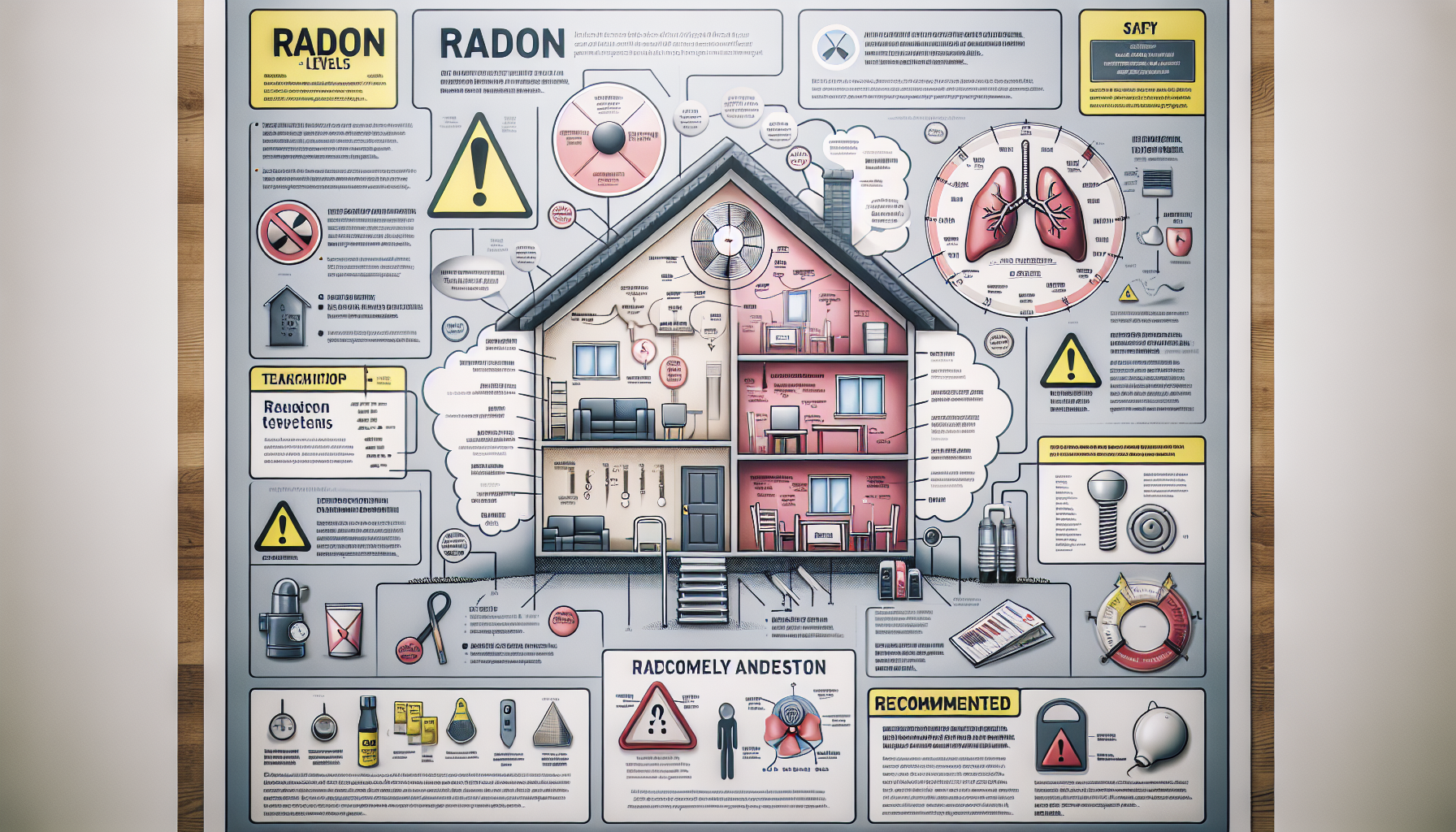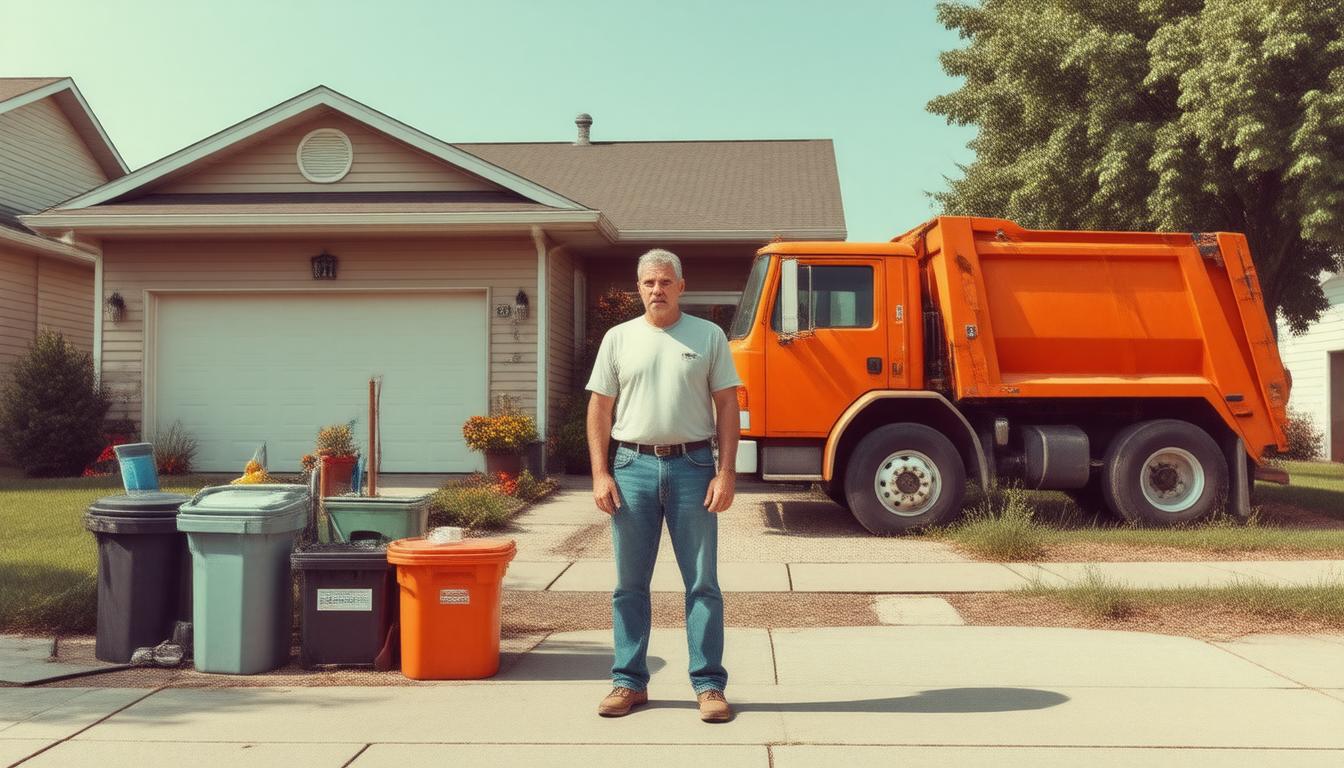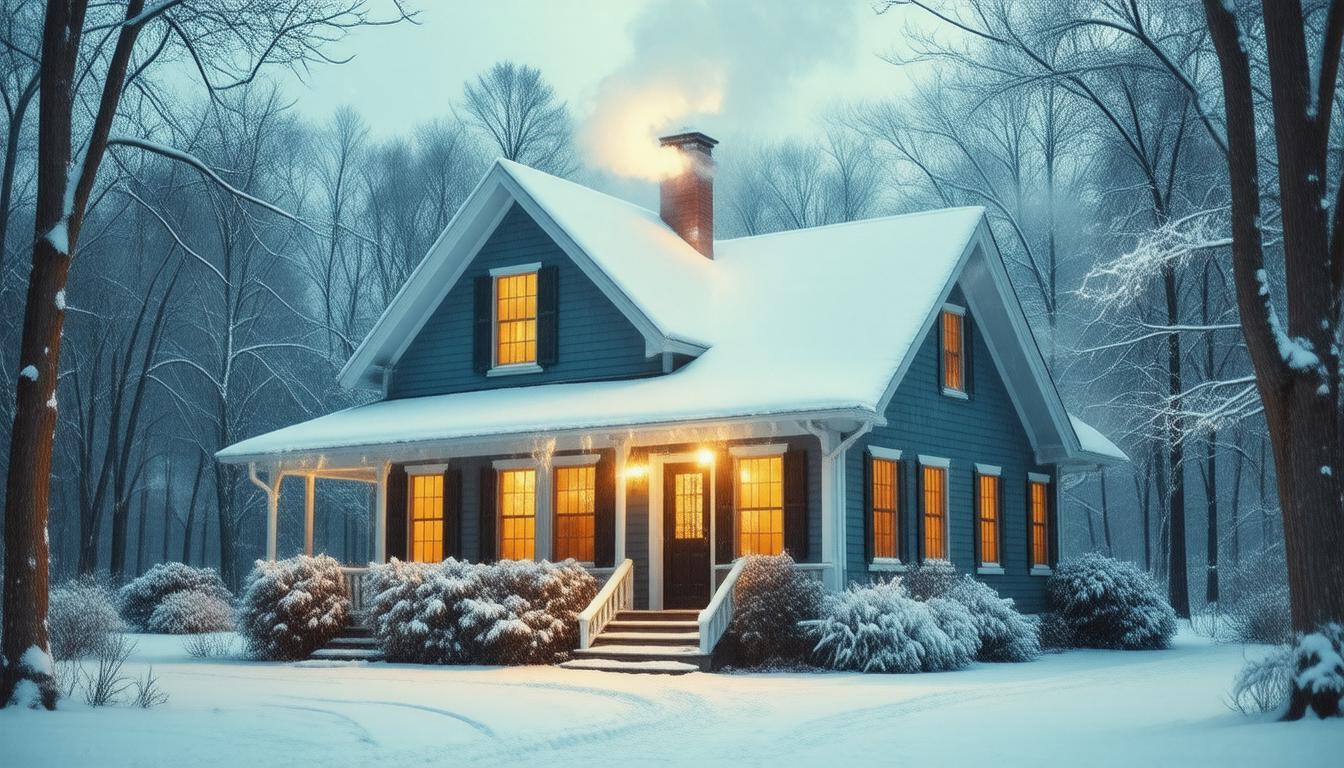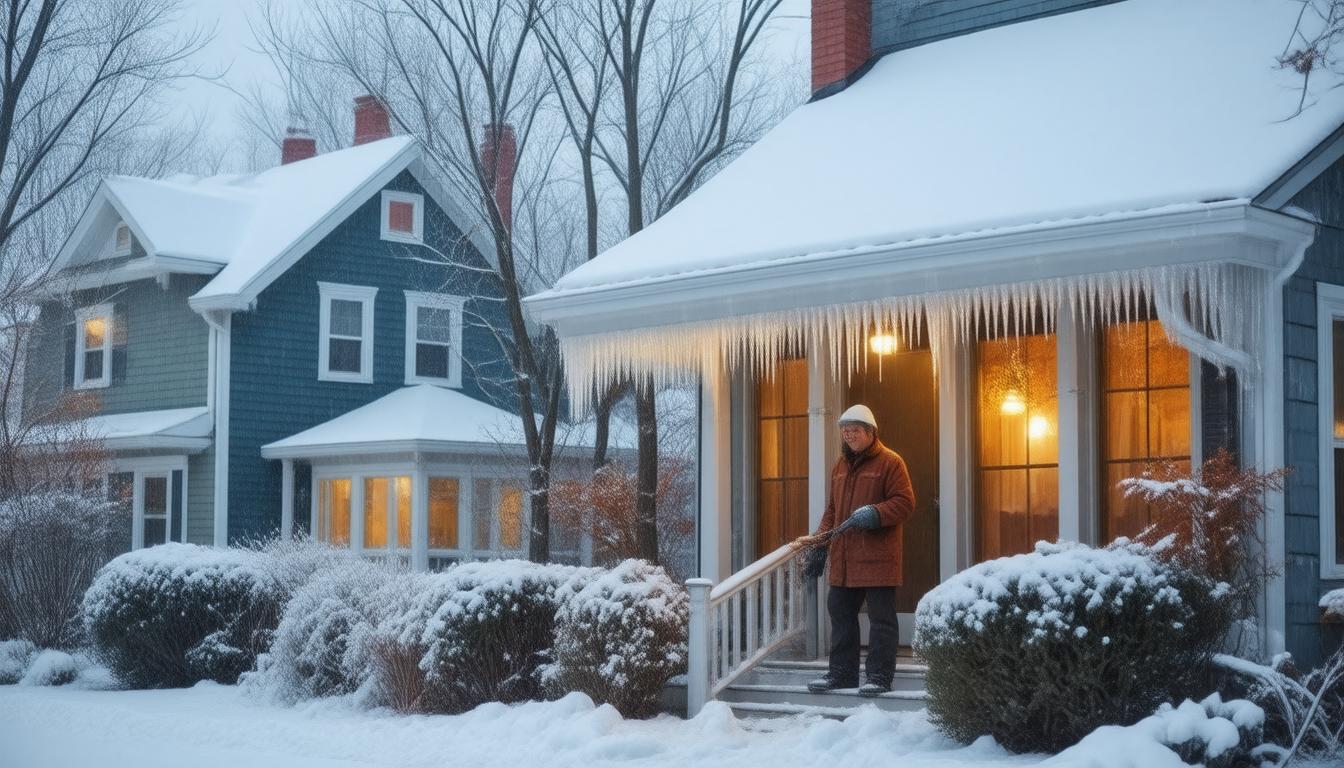
Radon is a colorless, tasteless, and odorless radioactive gas that is formed from the natural decay of uranium in soil, rock, and water. It can enter homes and buildings through cracks in floors, walls, and foundations, and can accumulate to high levels indoors. Radon is the second leading cause of lung cancer after smoking and poses a significant health risk if not managed properly.
Health Risks Associated with RadonThe primary health risk from radon comes from inhalation of the gas and its radioactive decay products. Long-term exposure to radon can lead to lung cancer. According to the Environmental Protection Agency (EPA), radon is responsible for about 21,000 lung cancer deaths every year in the United States. It’s important to note that the risk of lung cancer increases significantly for smokers who are also exposed to high levels of radon.
Understanding Radon LevelsRadon levels are measured in picocuries per liter (pCi/L) of air. The average indoor radon level is about 1.3 pCi/L, while the average outdoor level is about 0.4 pCi/L. The EPA has set an action level of 4 pCi/L. At or above this level, the EPA recommends taking measures to reduce radon levels in the home. However, there is no truly safe level of radon exposure; even levels below 4 pCi/L can pose a risk and can be reduced.
Testing for RadonTesting for radon is the only way to know if you and your family are at risk from radon. Radon testing is easy and low-cost. There are two types of tests: short-term and long-term. Short-term tests last from 2 to 90 days, whereas long-term tests determine the average concentration for more than 90 days. For a quick initial assessment, a short-term test is useful, but a long-term test will give a better understanding of your year-round average radon level.
Reducing Radon Levels in Your HomeIf you have tested your home and discovered high radon levels, there are several methods to reduce radon. Mitigation techniques may include soil suction, which draws radon from beneath the house and vents it through a pipe to the outside, sealing cracks in floors and walls, or increasing the ventilation in your home. Professional radon mitigators can be hired to ensure that the appropriate system is installed correctly.
Radon Mitigation SystemsRadon reduction systems work by removing radon gas from beneath the building before it can enter. The specific system and the cost can vary depending on the design of your home and other factors. It’s important to inspect and maintain your radon mitigation system regularly to ensure it continues to work correctly.
Radon in WaterRadon can also enter your home through your water supply, although this is a less common problem than radon entering through the ground. If your water comes from a well, get it tested for radon. If high levels are detected, water treatment solutions such as granular activated carbon filters or aeration systems can be installed to reduce the radon levels before the water enters your home.
Building a Radon-Resilient HomeIf you are building a new home, there are radon-resistant construction techniques that can be incorporated into the building plan that can significantly reduce the risk of radon accumulation. These include simple measures like installing a radon venting system during construction, which is more cost-effective than retrofitting an existing home.
ConclusionUnderstanding radon levels and taking action when necessary can significantly reduce the risk of lung cancer for you and your family. Homeowners should consider testing for radon and, if needed, take remedial measures. Staying informed about radon risks and safely managing them can ensure a healthier living environment. For more resources and information, homeowners are encouraged to contact their state radon program or visit the EPA’s radon website.







